Currently, the use of fertilizers and pesticides in coffee production in Dak Nong is at risk of increasing air, water and soil pollution. Therefore, waste management solutions are needed to contribute to sustainable production and environmental protection.
 Pesticide bottles thrown haphazardly in coffee gardens pose a high risk of environmental pollution.
Pesticide bottles thrown haphazardly in coffee gardens pose a high risk of environmental pollution.High risk of contamination
Coffee is a crop with a large proportion in the agricultural land use structure of Dak Nong province, accounting for about 35%. The province has the third largest coffee growing area in the country and the Central Highlands region with nearly 143,000 hectares, with an output of about 360,000 tons/year. On average, each year, coffee production in Dak Nong uses about 206,000 tons of fertilizer and 270 tons of pesticides. These materials have released dozens of tons of packaging and bottles into the environment, potentially causing air, water and soil pollution.
The use of herbicides, waste from pesticide packaging, and unbalanced fertilization are affecting the Vietnamese coffee industry. According to Mr. To Viet Chau, Deputy Director of the Department of International Cooperation ( Ministry of Agriculture and Environment ), coffee is one of the main export products, bringing a large source of foreign currency to Vietnam, creating jobs and increasing income for millions of farming households. However, the Vietnamese coffee industry is facing many challenges, especially the problem of waste management in production. The use of herbicides due to labor shortages and high production costs has caused negative impacts on water resources, public health, and the reputation of Vietnamese coffee in the international market. The improper use of agricultural materials and fertilizers is still common in many localities. Currently, some localities in the Central Highlands in general and Dak Nong in particular have implemented pilot models of waste collection in coffee production, but through assessment, the treatment is not yet thorough. Ensuring environmental sanitation standards is still a big challenge.
Currently, Dak Nong has nearly 23,000 hectares of coffee cultivated according to certified standards, with an estimated output of 76,000 tons/year. Of these, 220 hectares are VietGAP certified, 9 hectares are organic certified, and more than 22,500 hectares meet standards such as 4C and UTZ.
Director of Dak Nong Agricultural Extension and Forestry Seed Center Nguyen Van Chuong said that in recent years, the unit has determined that in order to increase the quality and value of coffee, it is necessary to promote propaganda to raise people's awareness of environmentally responsible coffee production. Every year, the unit has organized many forums and conferences with the participation of farmers, businesses, and agricultural material manufacturers, contributing to raising awareness among producers.
To reduce environmental pollution from plant protection chemicals, the Department of Agriculture and Environment of Dak Nong province in collaboration with the Global Coffee Forum (GCP) launched a movement to collect waste in coffee growing areas in the province. The program was widely launched from students, union members, youth to coffee farmers in the districts of Krong No, Dak Glong, Dak Song... Through propaganda about waste collection models, coffee producers have had positive changes in awareness and action. Farmers have used fertilizers reasonably and balanced, used pesticides in the list, used more organic fertilizers, and collected agricultural waste materials.
Reducing emissions from green farming
Mr. Nguyen Thien Trung's family, village 15, Dak Wer commune, Dak R'lap district, has 5 hectares of coffee, and has been producing coffee according to the 4C certified model for many years. According to Mr. Trung, producing coffee according to the standard model brings many benefits, reduces toxic emissions from the production process, creates a green environment, and limits the impact on human health. On the other hand, producing coffee according to the standard model, coffee is sold at a higher price, and is favored by the market.
With 2 hectares of coffee, every year Mr. Pham Dang Khuong's family in Dak Ha commune, Dak Glong district uses a large amount of pesticides and fertilizers to treat pests and take care of the plants. However, during use, the treatment of pesticide bottles and packaging has not been focused on, and there are not many collection points in the locality, so waste is often thrown right in the coffee garden. When the green, sustainable farming model was implemented, Mr. Khuong saw the environmental protection benefits of proper waste collection and treatment, so he participated. He said that in the past, because he was not aware of the dangers of packaging waste and pesticides, he was subjective. Since being promoted by the agricultural extension force, his family has participated in the model, and at the same time mobilized many local coffee growers to participate.
Waste management and collection have shown clear effectiveness in terms of economy, environment, and human health in coffee production areas. At the same time, waste collection and treatment activities create the premise for groups of households and cooperatives to move towards organic and ecological landscape production.
Along with proper waste collection and treatment, the organic coffee farming model also helps reduce the amount of inorganic fertilizers, chemicals, and pesticides; reduces waste released into the environment, reduces fertilizer residues, and pesticides remaining in soil and water... Thereby, contributing to environmental protection, ecological balance, conservation of natural resources, increasing product quality and enhancing the competitiveness of coffee products in the world market.
Nguyen Thi Thao, Head of Training and Transfer Department, Dak Nong Province Agricultural Extension and Forestry Seed Center, said: In order to promote and raise people's awareness of waste collection in the coffee production process, the center has recently implemented many programs, projects, and built organic coffee production models that have brought positive results. Raising awareness in production will help people create safe products for society.
According to Mr. Do Thanh Chung, representative of the Global Coffee Forum, Vietnam is the second largest coffee exporter in the world, with an export turnover of more than 4 billion USD/year. However, in order for coffee to be exported to demanding markets such as the US and Europe, growers must produce cleanly, strictly comply with production processes and quality requirements of partners. Chairman of the Dak Nong Farmers' Association Ho Gam said that to reduce environmental pollution from plant protection chemicals, the whole community needs to join hands. All levels, sectors and localities need to have positive and scientific solutions in managing and treating hazardous waste in the agricultural sector.
From movements and public-private partnership (PPP) programs in waste collection to building a “green garden, clean field” model, coffee growers have ensured health safety and eliminated risks caused by the careless use of pesticides. Collecting and treating waste in accordance with regulations will contribute to helping Dak Nong agriculture move towards sustainable development and protect the living environment for future generations.
Source: https://baodaknong.vn/nguy-co-o-nhiem-moi-truong-tu-rac-thai-vung-trong-ca-phe-250393.html


![[Photo] Nearly 3,000 students moved by stories about soldiers](https://vphoto.vietnam.vn/thumb/1200x675/vietnam/resource/IMAGE/2025/5/17/21da57c8241e42438b423eaa37215e0e)

![[Photo] Readers line up to visit the photo exhibition and receive a special publication commemorating the 135th birthday of President Ho Chi Minh at Nhan Dan Newspaper](https://vphoto.vietnam.vn/thumb/1200x675/vietnam/resource/IMAGE/2025/5/17/85b3197fc6bd43e6a9ee4db15101005b)


![[Photo] Prime Minister Pham Minh Chinh chairs meeting on science and technology development](https://vphoto.vietnam.vn/thumb/1200x675/vietnam/resource/IMAGE/2025/5/17/ae80dd74c384439789b12013c738a045)
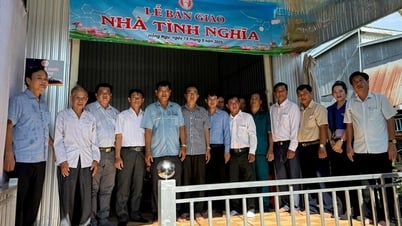



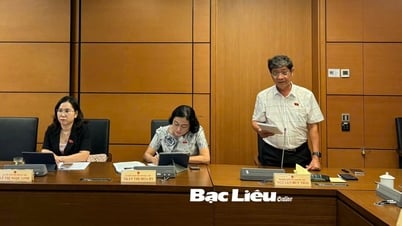








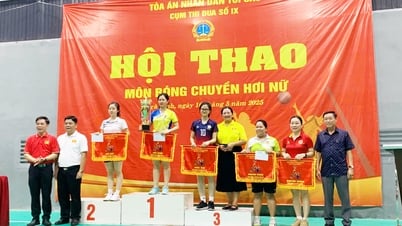
























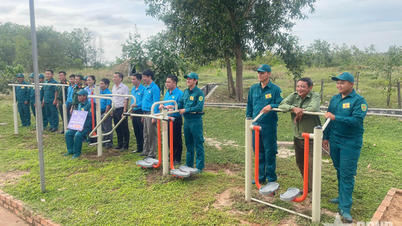












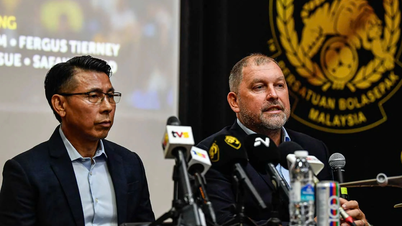
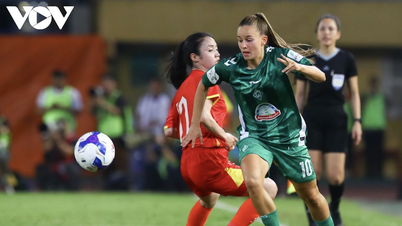

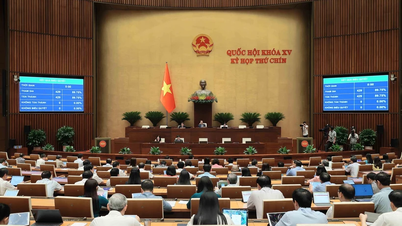












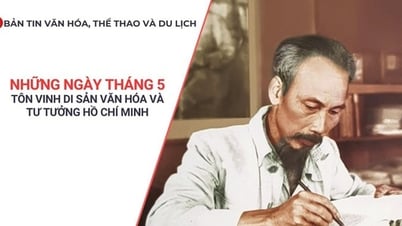
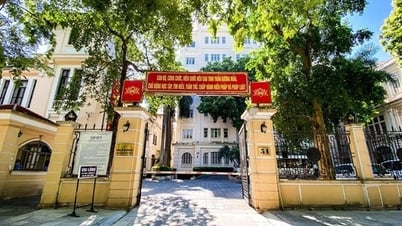
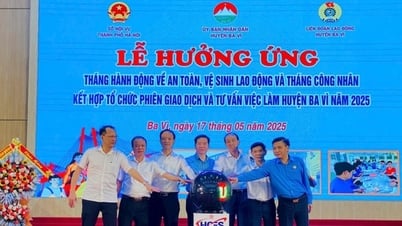

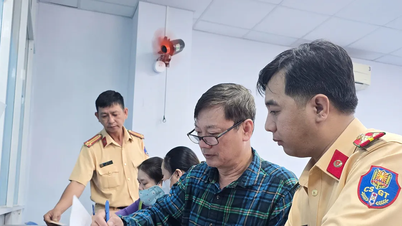

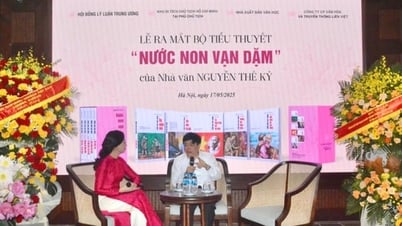
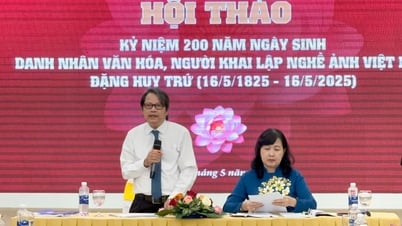

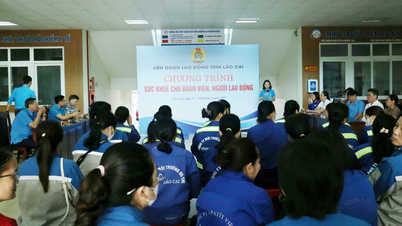

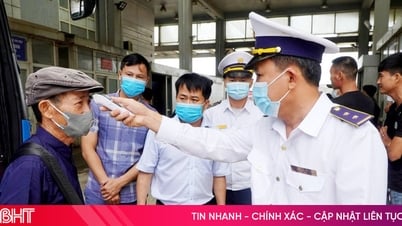









Comment (0)